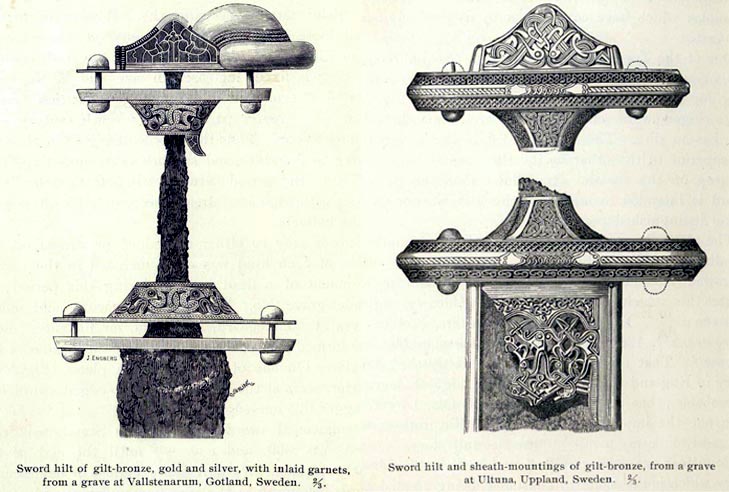Not a normal machete, no. Typically, machete blades are very thin. They are designed to be lightweight tools & not necessarily weapons.
They can slice flesh easily enough but probably wouldn't have much effect on armies. Their narrow blades would likely break under impact from another combat blade.
They can slice flesh easily enough but probably wouldn't have much effect on armies. Their narrow blades would likely break under impact from another combat blade.


 Acolyte
Acolyte Auror
Auror

 Minstrel
Minstrel Maester
Maester